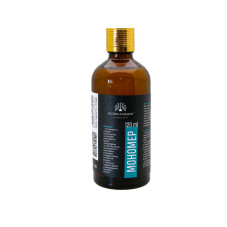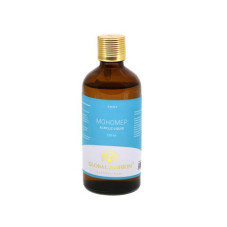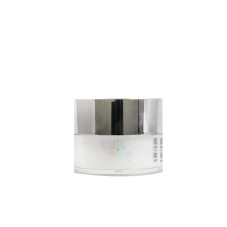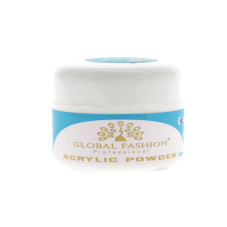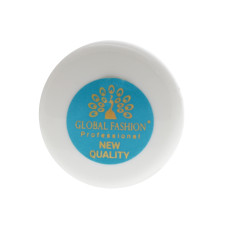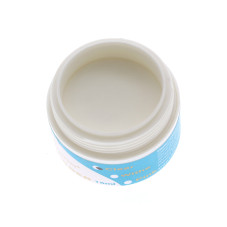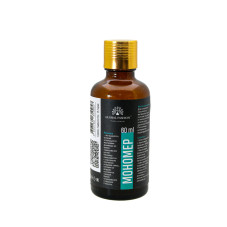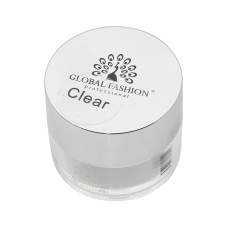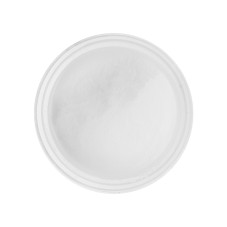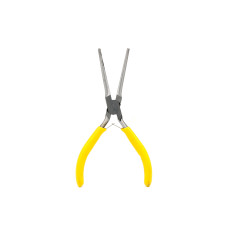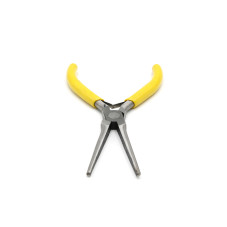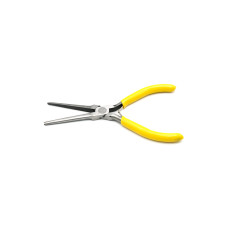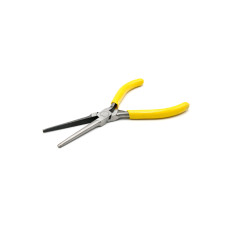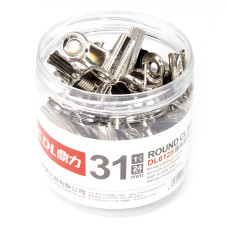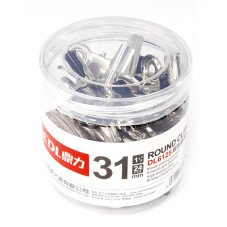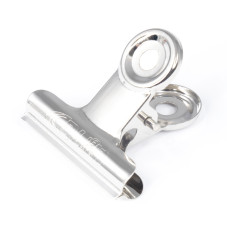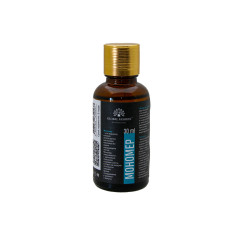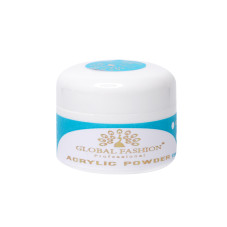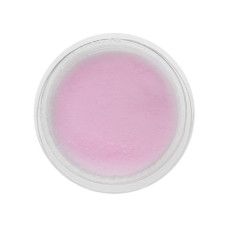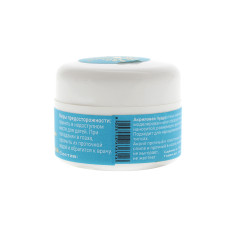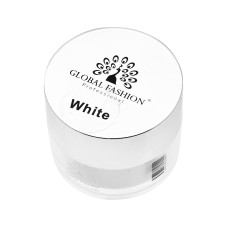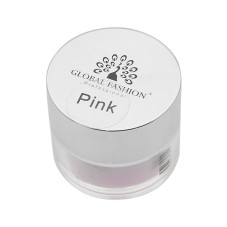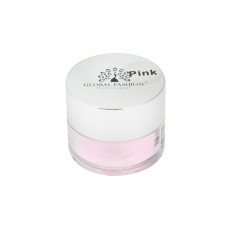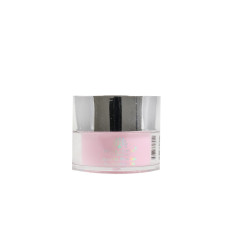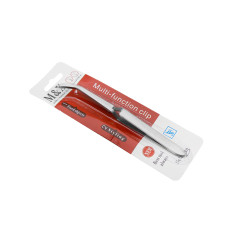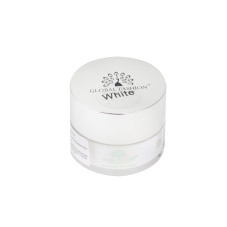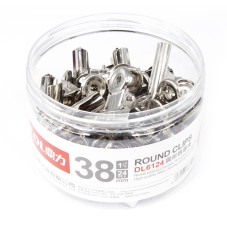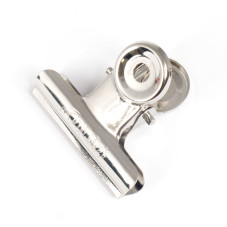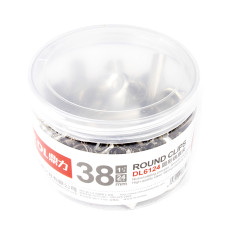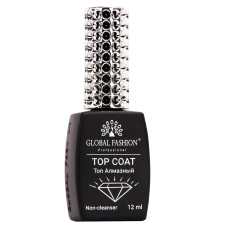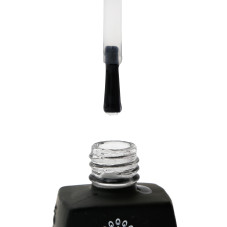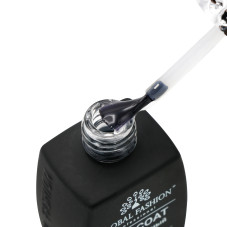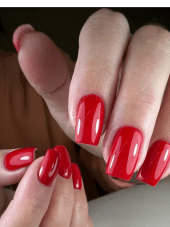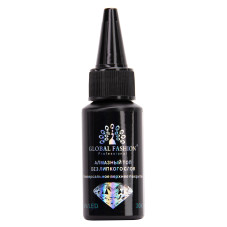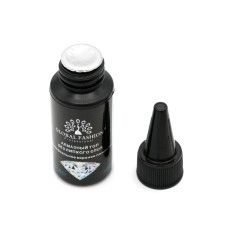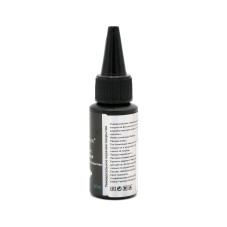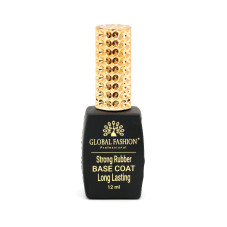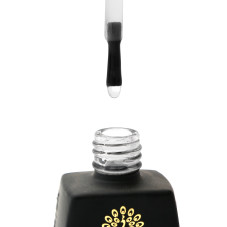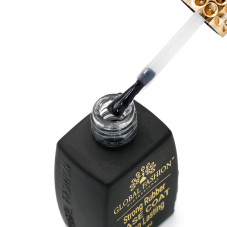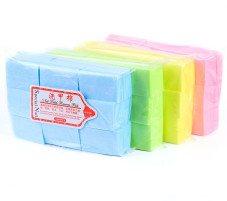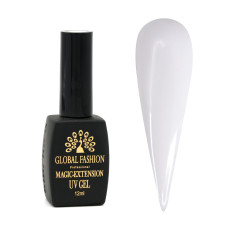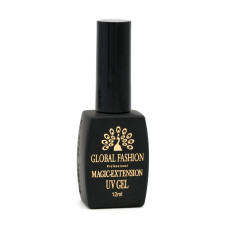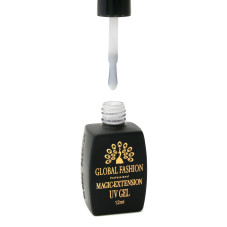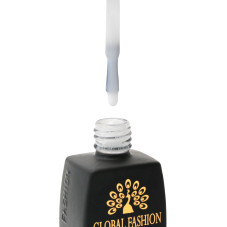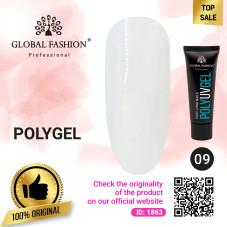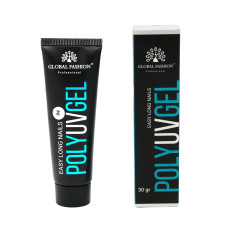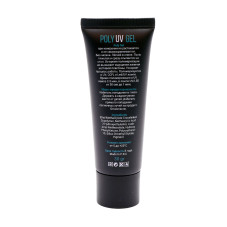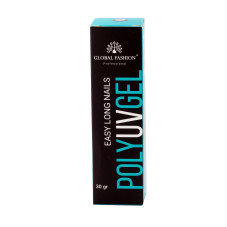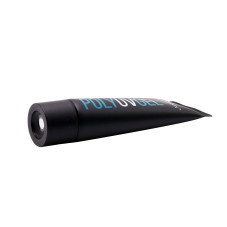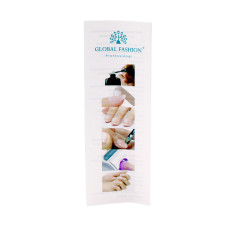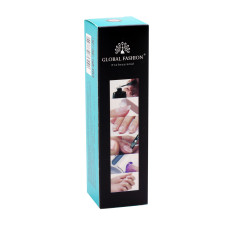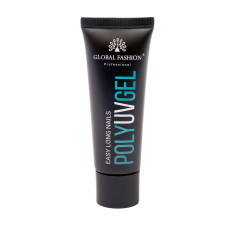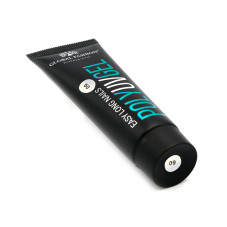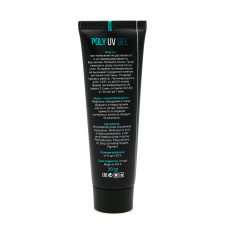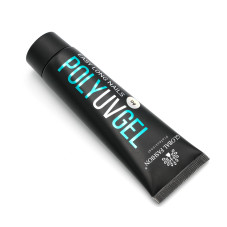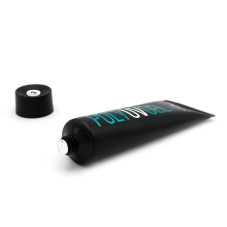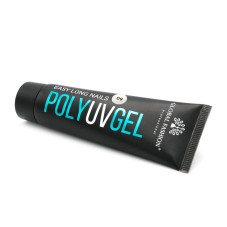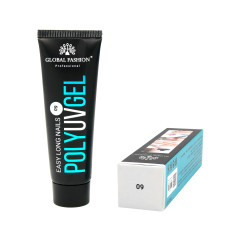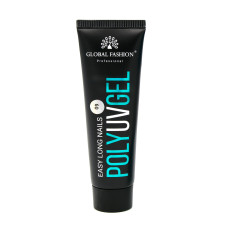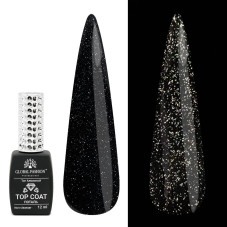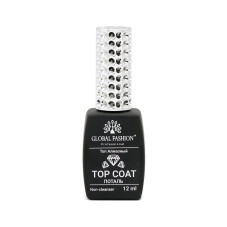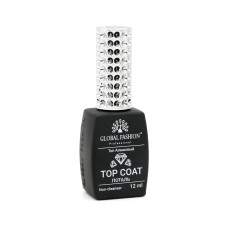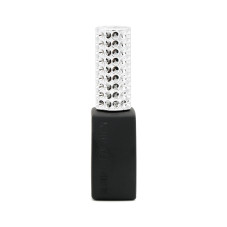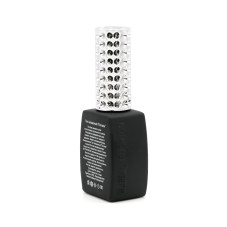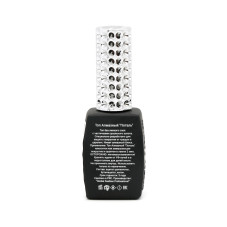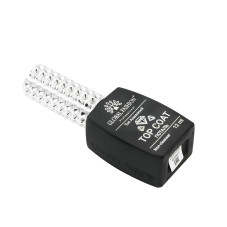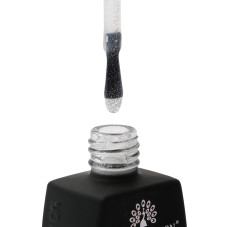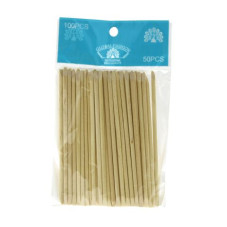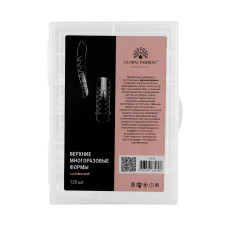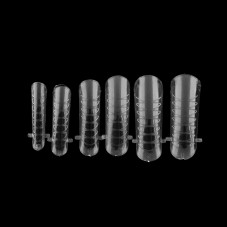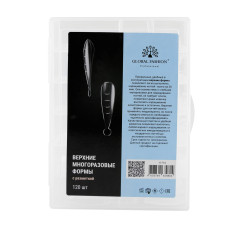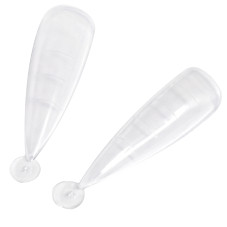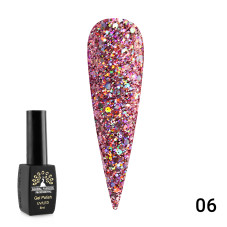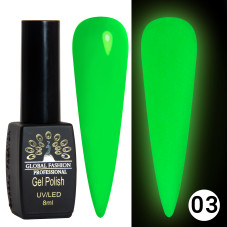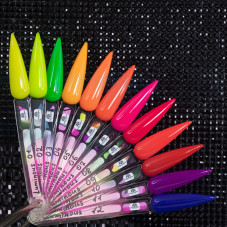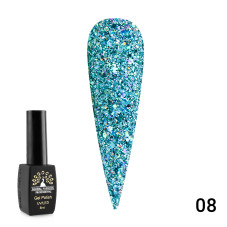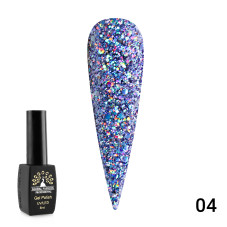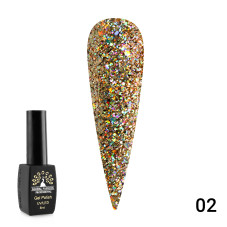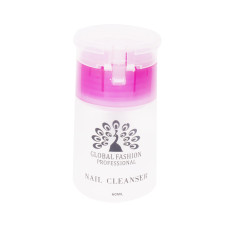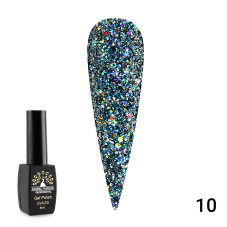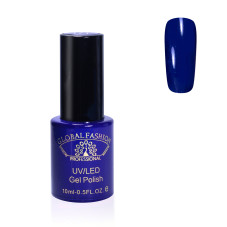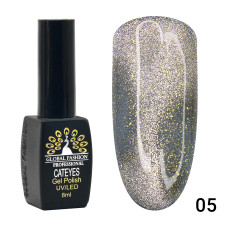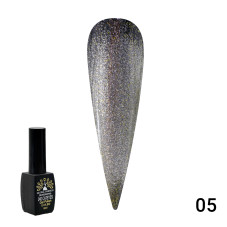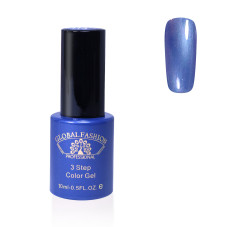Acrylic, Monomer
Filters

Color
Clear
roll up
Density
Clear
roll up
Effect
Clear
roll up
284 bought
NEW
ID: 12710
703 ֏
-20%
97 bought
NEW
ID: 10543
966 ֏
-20%
109 bought
NEW
ID: 12711
703 ֏
-20%
6674 bought
ID: 3678
984 ֏
-20%
3340 bought
ID: 3688
1 757 ֏
-20%
3344 bought
ID: 2071
1 054 ֏
-20%
2027 bought
ID: 12595
527 ֏
-20%
1567 bought
ID: 1994
984 ֏
-20%
2319 bought
ID: 1863
1 230 ֏
-20%
2019 bought
ID: 12194
1 054 ֏
-20%
1488 bought
ID: 11773
703 ֏
-20%
1753 bought
ID: 12137
703 ֏
-20%
210 bought
ID: 11600
1 306 ֏
-15%
191 bought
ID: 11951
878 ֏
-20%
163 bought
ID: 11602
1 306 ֏
-15%
225 bought
ID: 11598
1 230 ֏
-20%
206 bought
ID: 11596
1 306 ֏
-15%
139 bought
ID: 11604
1 306 ֏
-15%
Acrylic extensions are the go-to option for many people who want to add extra length to their nails. One of the key ingredients used in creating such extensions is called monomer. In this article, we'll take a closer look at acrylics and monomers. Acrylic extensions involve sandwiching a mixture of powder and liquid onto the natural nail to create a hardened layer. The liquid, commonly referred to as monomer, is a type of polymer that initiates the hardening process. When combined with the powder component, a chemical reaction occurs, resulting in the hard coating. This method of nail extension is popular for several reasons. Firstly, the resulting finish is durable and long-lasting. Secondly, it is suitable for creating a variety of different nail shapes. Finally, it allows for intricate and detailed designs to be created. Monomer, as the name suggests, is a single molecule that is used to create more complex structures such as polymers. It is a clear liquid with a sharp, potent smell. When used in nail art, only a small amount is required to create the desired result. However, nail technicians must be careful when handling monomer as it can be toxic if ingested or if it comes into contact with the skin. Although acrylic extensions using monomer have been around for decades, there are advancements being made in the field all the time. For example, there are now options available in which an acrylic-free liquid is used. This is appealing to those who have experienced allergic reactions to traditional monomer-based products. In conclusion, acrylic extensions using monomer is a technique that has stood the test of time. Its popularity continues to grow due to its durability, versatility, and ability to create intricate designs. However, the harsh smell and potential toxicity of monomer make it important for proper safety measures to be taken when using the product.

